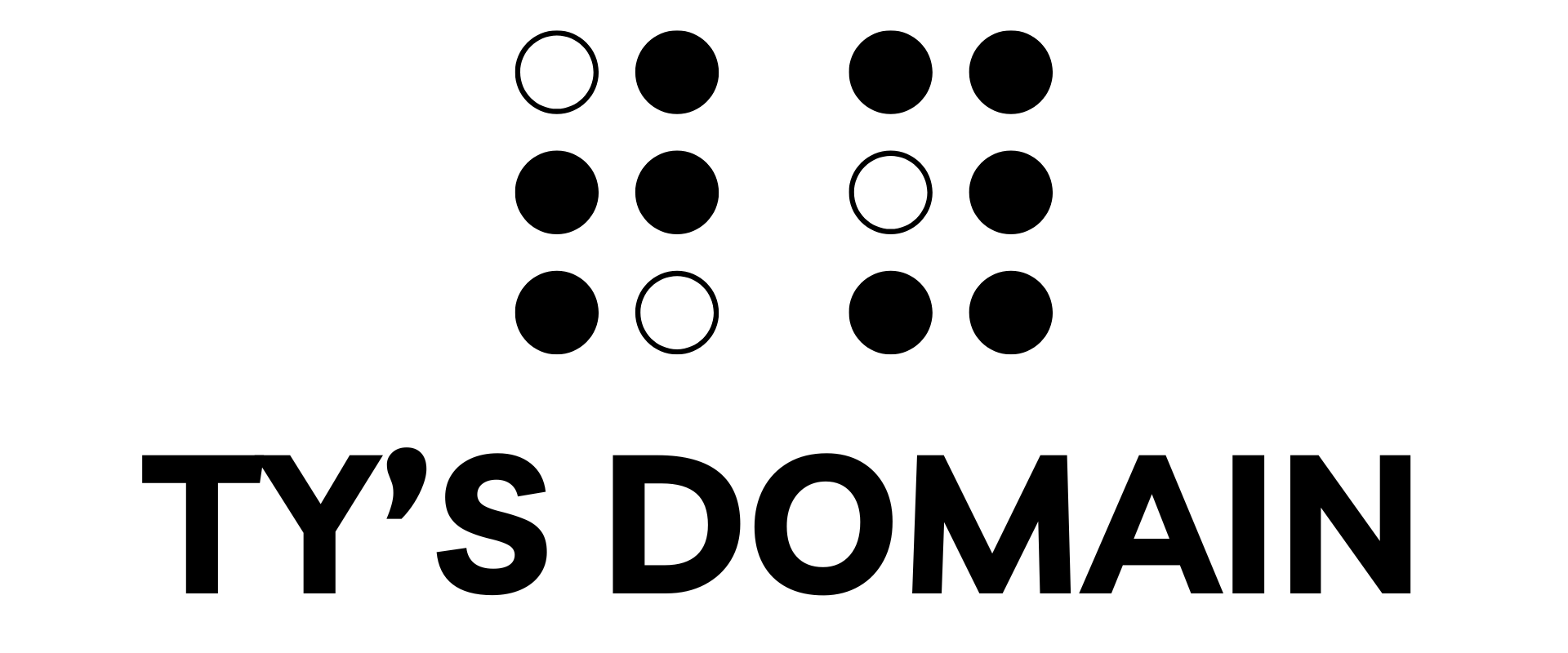We are often told and encouraged to be the agents of the change we wish to see in the world. Advocacy is critical to enable us to grow and make the world a better place for ourselves and for those who follow. This is a principle I whole-heartedly embrace. Without advocates and pioneers who came before me, the opportunities I have today would not exist. However, this critical work often results in the weight of a company’s accessibility efforts and initiatives being placed on the shoulders of people with disabilities, who often sacrifice their time, money and energy in the pursuit of more accessible experiences.
The disabled community faces the impact of products lacking accessibility in multiple ways. First, through loss of productivity, which impacts many aspects of life. For example, imagine using a product that works only half as well as advertised because it does not work well with assistive technology. Further, advocacy often translates into unpaid labor, demanding countless hours making phone calls, conducting research, product testing, drafting emails, writing reports and more.
My recent interactions with a company that builds and sells critical components in audio engineering illustrates this struggle. When considering an upgrade to a higher quality component, I wanted assurance that the software required would be accessible. Fortunately, I connected with a tech support agent who was familiar with accessibility concerns, and also seemed to have an understanding of its impact. I was informed that I could test the software without the costly hardware component. As a result, I spent time loading the software, testing with a screen reader, and then writing a few bug reports to demonstrate some of the issues I discovered.
While this software would have been a notable accessibility upgrade—in the sense that it is at least usable, the absence of properly labeled controls rendered it difficult, if not impossible to use effectively. This means that I was unable to determine what action buttons would perform, or even that some controls were usable. Imagine opening an app where all of the buttons are simply blank, lacking any icon or text to describe their function. Despite these challenges, I was hopeful and reached out to the company to explain that the software needed some minor adjustments that would significantly enhance the user experience. Over several months, I communicated my findings, suggesting straightforward solutions and offering to assist in the enhancement process in exchange for a discounted interface to compensate for my time and effort. I proposed creating detailed and descriptive bug reports, similar to my previous examples to enable developers to identify and resolve these issues. I also offered to provide frequent and thorough testing, to help iterate and find workable solutions.
Each of my proposals met with resistance. The company cited time constraints, prioritization issues, and a hesitance to integrate accessibility improvements, fearing it would derail their planned milestones. They also were unwilling to compensate me for my time and effort. This attitude and negative reception of my work and reports demonstrates a broader trend among many companies of deprioritizing accessibility and usability.
This experience underscores a pervasive attitude toward accessibility: while companies express a passing interest in making their products more accessible, commitment falls short. I have found that it is often not difficult to find empathy, but efforts often stop beyond this point.
Through my work as an advocate—sometimes yielding positive results, I have learned the importance of clear communication, patience, and strategic follow-up to reports and issues. Initial dialogs should be brief and concise, reserving technical details for discussions with individuals who have the expertise and skills to understand and address the information. Public engagement on social media platforms can often help amplify issues and create a sense of accountability for companies. Persistence is crucial to effect change and improvement. Finally, documenting all interactions can help provide a platform and resources for escalation, including legal action, if necessary.
Accessibility advocacy is more than simply solving today’s problems. Our work helps pave the way for future inclusivity. As advocates, we must approach each challenge ensuring our efforts and contributions culminate in meaningful change.
